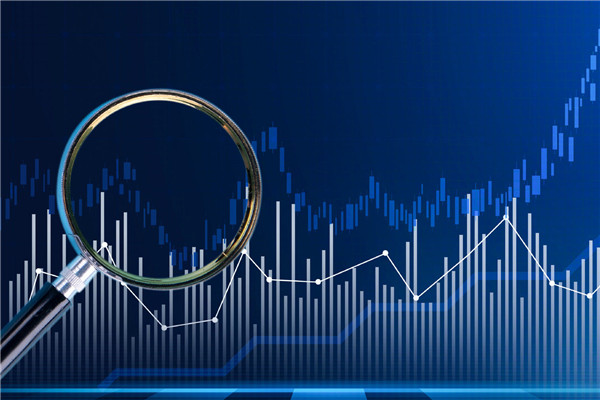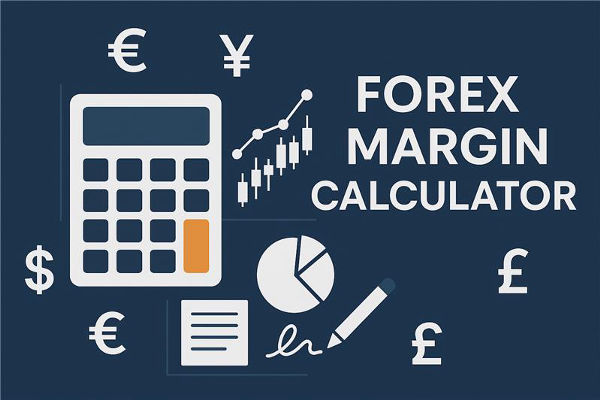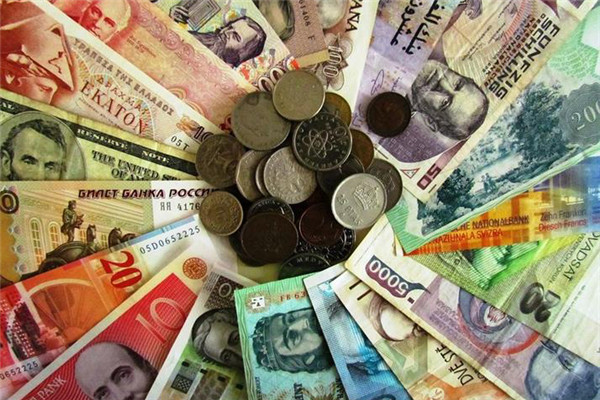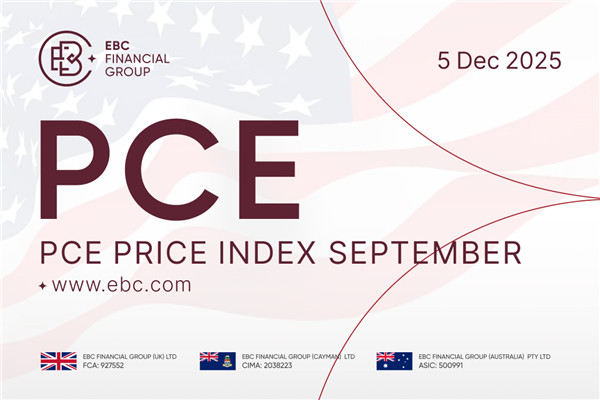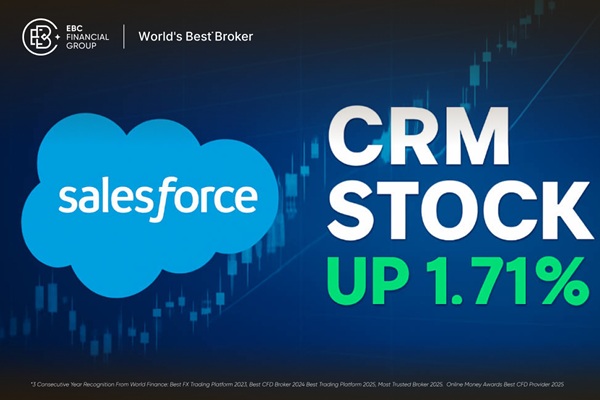Forex traders need market volatility in order to profit from price
fluctuations. If there were no market fluctuations, there would be no price
fluctuations and no way to make money, especially once commissions and spreads are taken into account.
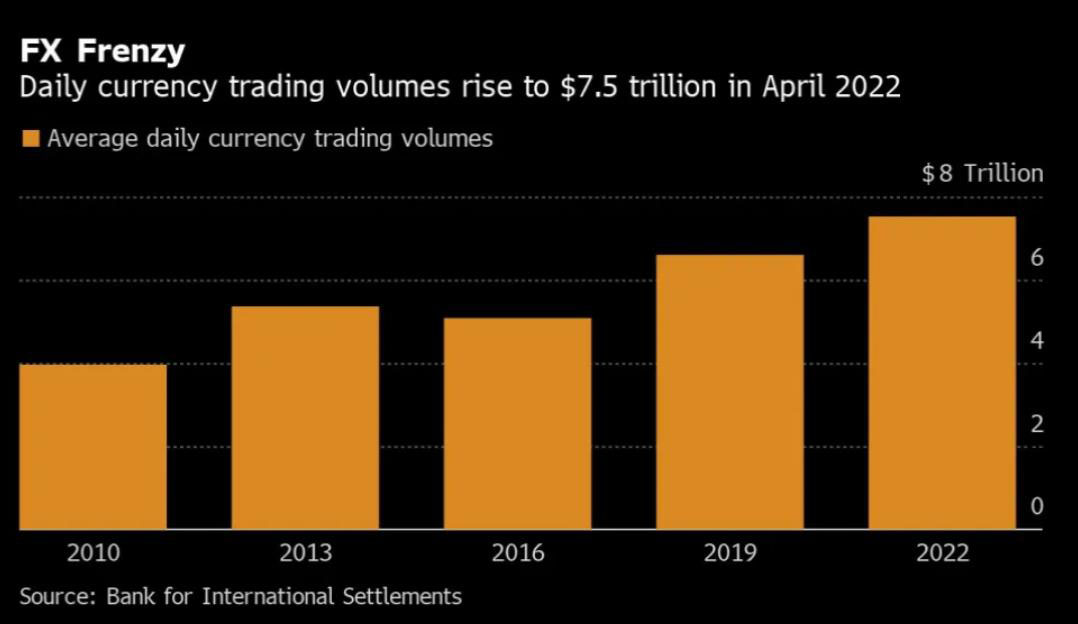
Stock traders can rely on the VIX (the volatility index compiled by Chicago
Options Traders), but the forex market does not have such comparable
indicators.
Volatility indicators are very useful when deciding when to trade, what
market to trade in, and what strategies to use.
Of course, spreads and commissions are determined by the volatility of a
certain financial instrument, but in any case, mastering methods to measure
market volatility is of great benefit to traders.
Average true amplitude (ATR)
ATR measures the difference between the highest and lowest prices, between
the highest and closing prices, or between the lowest and closing prices. The
highest absolute value of these three calculated results is used as the ATR
value.
So, measuring volatility with ATR is very simple. Usually, a value of 14 days
is taken. When ATR decreases for a long period of time, the market usually
experiences significant fluctuations.
Standard Deviation
The standard deviation measures the difference between the closing price and
the average price over a period of time. It is another simple volatility
indicator, but due to its statistical background, it can be used to test more
objective rules. Usually, when the standard deviation reaches its peak, the
currency pair will begin to reverse its trend.
Bollinger Line
The Bollinger line also uses a standard deviation. In fact, each line is a
standard deviation line that moves above and below the mean line.
Technicians
typically use settings of 20, 2, and 2. That is, the 20-day Moving Average, the
upper trajectories (2 times the standard deviation higher than the moving
average), and the lower trajectories (2 times the standard deviation lower than
the moving average).
Bollinger lines can effectively display market volatility as they always
follow changes in market conditions. When market volatility decreases, the upper
and lower trajectories of the Bollinger Line gradually converge, indicating that
a breakthrough market is about to occur.
Jiaqing Index
The Jiaqing indicator is different from the other aforementioned indicators
in that it compares the differences between two moving averages and uses a
volume-weighted distribution line.
This means that volatility is constantly being redefined. This is beneficial
for short-term traders as this indicator determines the peak of volatility
multiple times a day.
